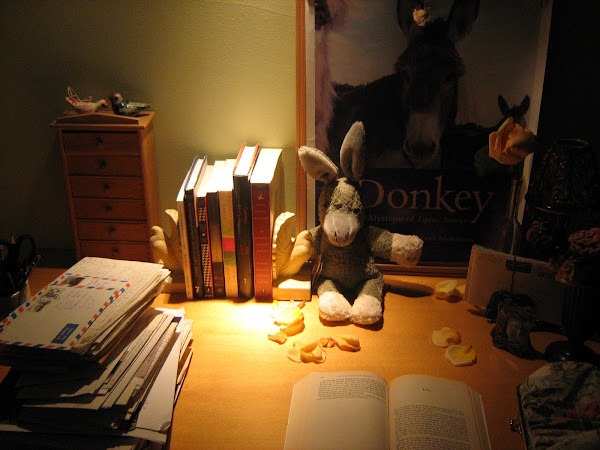
“Evocative” is a powerful word in a book review. The critic implies mystery, depth of feeling, swell of remembrance, emotion rising. Readers assume fascination, excitement, complexity, sensation. As a new author, I value the adjective. It guided my writing.
“An evocative first novel from C.J. Noonan begins in the rough, early 20th century Sierra Nevada outpost of Truckee, California. It chronicles the tumultuous growing-up years of five children during the California woman’s rights movement and closes with the startling understandings of a good woman’s life, lived long.” These words are used to describe my novel, The House on Harrigan’s Hill.
A novel contains memoir and imagination. My novel’s characters, called “animated, no wooden, lifeless personalities…” from one reader’s brief Amazon review, are based on my grandmother’s early life. The events happened, told to me many times by my grandmother. Settings in the book come from places I know well in Sacramento, the Sierra Nevada, and Truckee. Beloved objects in the story decorate my home today. But these are all carefully chosen from among many events, scenes, and furnishings to add insight and to interpret the particular characters, landscape, and actions of the story. The novel is a doppelganger; two sides of a coin; or as the protagonist says things “remembered … one way and Tiny had a completely different memory.”
First time novelists are urged to block out a careful sequence of action that builds to a climax and resolves the conflicts in a denouement. They are told to spend time making character outlines. And some writers do. I used a more chaotic method. I just wrote and new ideas rolled out of my mind as the sequences developed. I moved sections around and rewrote as a new angle came to mind. I spent time thinking about what was going on in the character’s head to make them act a certain way. I recalled that the real “Mama,” my great grandmother, was a fountain of poems, lines from Shakespeare, and sayings from the Bible, so I molded that character to include those traits. They make her unique, which she was.
At workshops, on the internet, and from friends the advice was “get a reader.” The college writing professor friend who read the novel through many drafts helped beyond compare. She refers to me as one of her successful “mentees.” How lucky I was!
The Bay Area Writing Project’s emphasis on reading a draft and accepting the expert advice from colleagues was invaluable. I remember Jim Gray (first Writing Project director and friend) who promoted teachers as writers. From his words of wisdom I learned that a writing group is a must. The five pairs of eyes in my group, reading the same chapter I’d struggled over for weeks, suddenly provided a solution to a perplexing, seemingly irresolvable problem. That’s essential for every novelist, and especially a first timer.

The House on Harrigan’s Hill took four and a half years to write, rewrite, and rewrite again. Yes, I took vacations, worked on senate and presidential elections, wrote short stories and weekly posts to my education blog, attended the many plays offered in the Bay Area, and generally lived my life. But the novel was in my imagination day and night.
It was frustrating that agents and publishers did not immediately see a sure winner in the novel set in early 20th century California, filled with quirky, quixotic characters living during social and economic upheaval high in the Sierra, with a climax at the time of the election for the Woman Suffrage Amendment that gave California women the right to vote.
The House on Harrigan’s Hill was published by Sea-Hill Press. It’s available at Kepler’s and Books, Inc (Mountain View) as well as Amazon. Word of thanks to the Los Gatos Library, first to put it on the shelf. And thanks to friends and relations who have spread the word about a new author and a wonderful book. They speak the magic word: “Evocative!”
-Claire
